The 1956 Santa Fe El Capitan was a special train that deserves attention of its own merit.
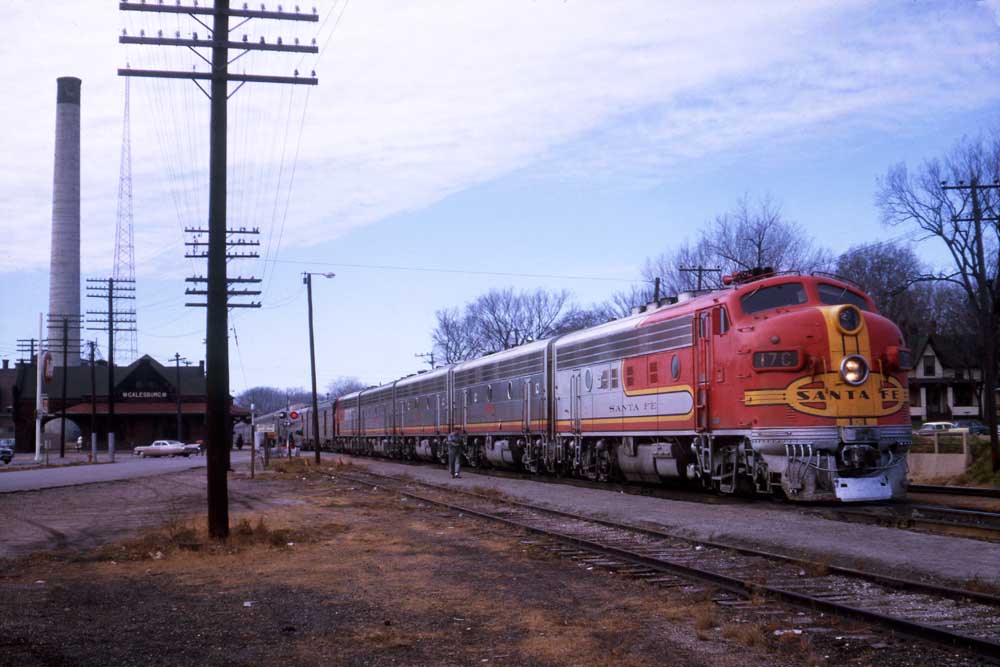
Just say “Santa Fe” to anyone in the realm of railroading and they’ll likely think “Super Chief”! Truly, that Chicago-Los Angeles first-class-only streamliner was about as top notch as they got here in North America — but here I’m focusing on the Super’s companion train, the all-coach El Capitan — specifically the 1956 version.
First, a bit of history, zeroing in on top-of-line Chicago-California passenger trains. Ultimately, afternoon or early evening departure times from the end-point cities — Chicago, Los Angles, San Francisco — became the quite popular and therefore those trains got the best equipment. Think City of Los Angeles, California Zephyr, Golden State, and of course the Super Chief.
Ridership on Santa Fe trains remained super strong into the early 1950s, and by this time, the railroad had learned not to ignore the coach-travel market. Even in the 1930s Santa Fe felt there was a market for a fast, deluxe, all-coach train with high-end appointments (e.g., lounge-observation cars and full-service diners) whose schedule mirrored that of the Super Chief. Thus was born, in 1938, El Capitan. As with the Super Chief, the El Cap operated on a 39¾ -hour schedule between Chicago and L.A., though initially it was just twice weekly. El Capitan was an immediate hit.
Like so many U.S. railroads, Santa Fe got caught in the post-World War II euphoria that prompted new, streamlined trains or the re-equipping of earlier trains with modern, lightweight equipment. In 1947, both the Super Chief and El Capitan were re-equipped, and both put in daily service. By the end of 1951, both trains had received still more new equipment, including the Super Chief’s new Pleasure Dome lounge cars, complete with a private dining room, no less — but that’s another story.
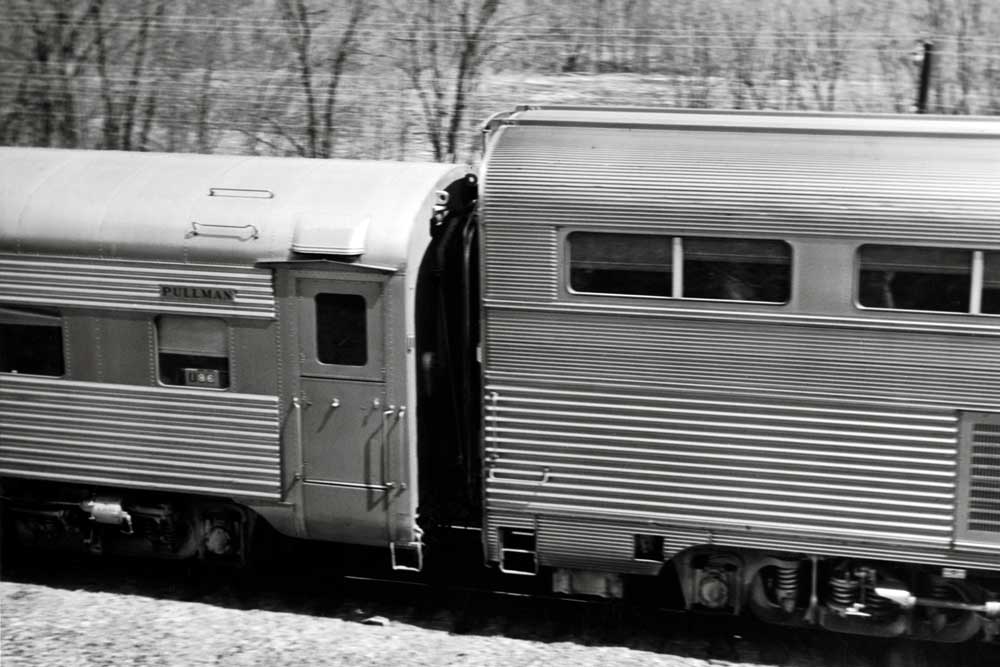
In 1954, attention turned to El Capitan when two new experimental, “Hi-Level” coaches built by the Budd Co. showed up on the El Cap, both with a “step down” section at one end, enabling them to be mixed with conventional rolling stock.
According to Santa Fe historian and author Michael W. Flick, the two prototype cars were initially ordered by Santa Fe in 1952. Their production was the answer to the question of whether a long-distance chair car could be built that would combine the capacity and economy of a double deck commuter coach with the luxury and public appeal of a dome car.
Whoa! some of you might say. Burlington Route and Chicago & North Western were already operating bilevel commuter trains in Chicago early in the 1950s. True, but those were “gallery”-type bilevel trains. Nonetheless, Santa Fe declared that the Hi-Level concept was a winner, and in 1956, El Cap became a true, double-deck train, though with emphasis on the upper level, hence Santa Fe’s “Hi Level” marketing strategy for the new train. Most if not all coach seating was in the upper level, with restrooms and baggage on the lower level along with air-conditioning and related equipment in compartments rather than hung under the car, exposed to weather conditions — a long-going problem with traditional single-level cars. In the Hi-Level diner, seating was upstairs and the kitchen downstairs. El Cap’s Hi-Level lounge included a compact magazine stand while downstairs seating catered to snacks and other refreshments.
Does this all sound somewhat familiar? Yup, I’ve just described the future format of most Amtrak long-distance trains — and thus the importance of the 1956 edition of the Santa Fe El Capitan.
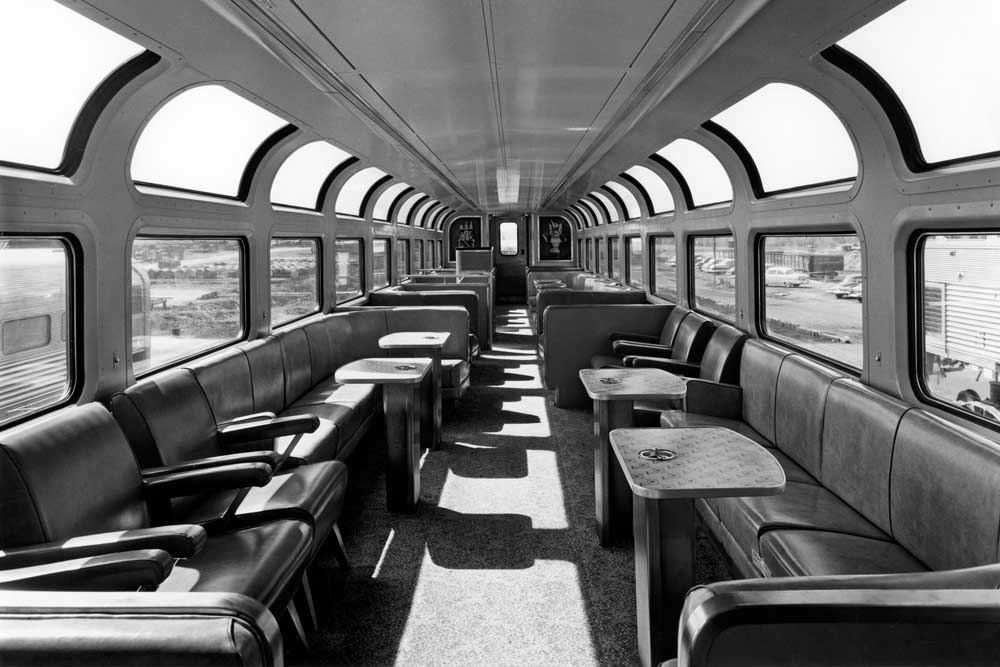
The Hi-Level El Cap was a stunning success for Santa Fe, prompting the carrier to explore bilevel sleepers for re-equipping the Super Chief. Years ago, a friend who worked for Santa Fe showed me the railroad’s car plans for bilevel sleepers. That was as far as Santa Fe got — plans only. No doubt that even the Santa Fe knew that intercity passenger trains were facing a bleak future, what with the coming of the jet airliner and interstate highway system.
In 1958, El Capitan and the Super Chief were combined except during the summer or other heavy travel seasons — a sign of things to come, and an arrangement that lasted into the Amtrak era. From the get-go Amtrak, knew that it had to address the fact that a wholesale re-equipping of its entire fleet was imperative. The young carrier recognized the huge cost and operational advantages of Hi-Level design where there were no serious height restrictions.
Further, the bilevel El Cap equipment would serve as inspiration for the next generation of long-distance bilevel rolling stock — the Pullman-Standard-built Amtrak Superliners of the late 1970s.
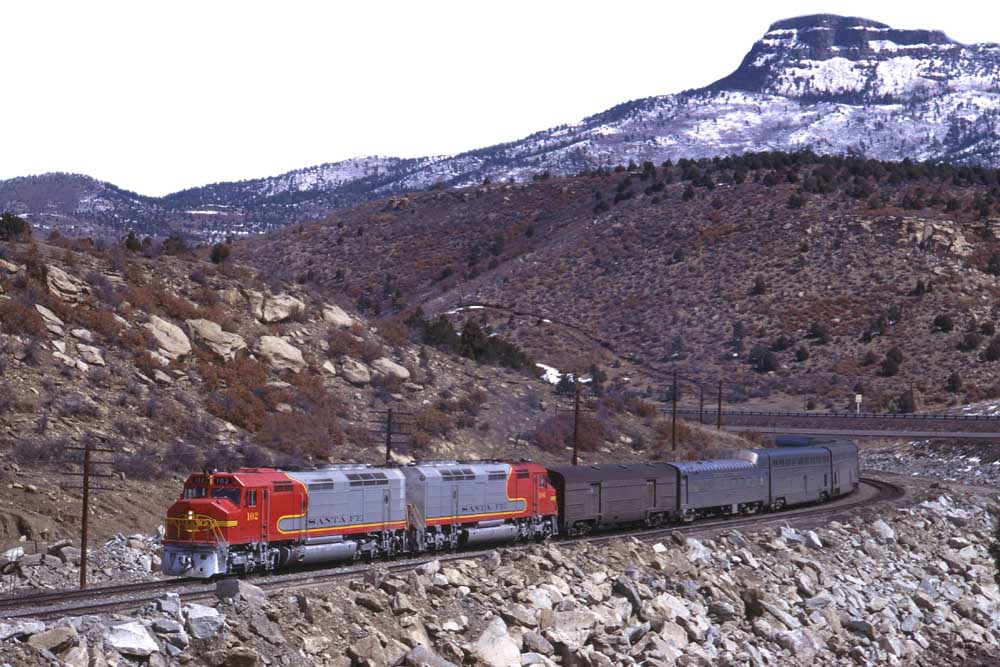









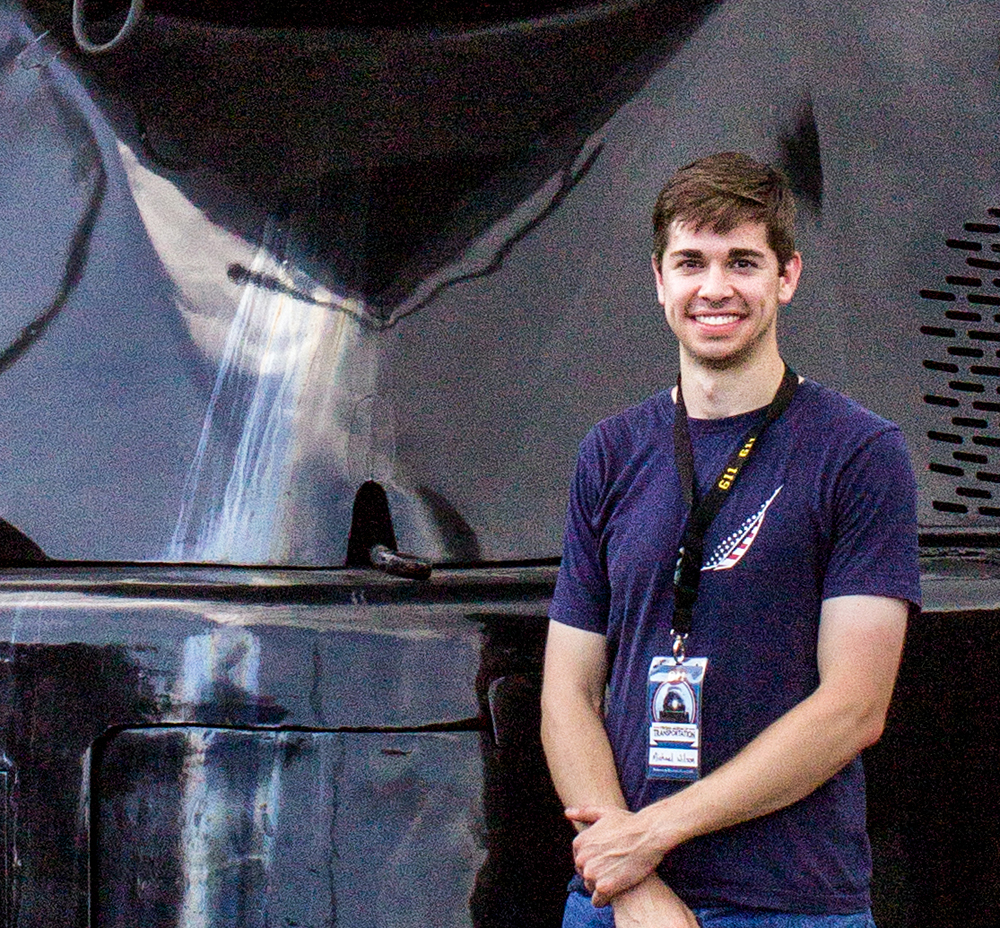




MIke,
Thanks for sharing this great article about the beautiful sister of a glamour girl train. Great photo choices as well. Thanks again for continuing to share your knowledge after “retiring” from PTJ.
The view of the lounge car brings back great memories of an eastbound trip on EL Capitan in 1963, Mom let me ride in the lounge rather late at night ans the Santa Fe crew did not trouble me, I was the only passenger in the car and had tremendous night views, Thanks for the memories and the fine article.
The upper level of the lounge cars had a pair (men’s and woman’s) restrooms between the end of the car and the upstairs bar. I recall being told by one-time Santa Fe ticket agent and railfan and tour operator Ed Von Nordeck that the Santa Fe reservation office held the first row or two of seats in the adjacent chair car for passengers that would find the stairs to the lower level difficult. Thus these passengers had access to toilet facilities in the adjacent car as well as access to the lounge and dining cars.
I had the unique experience of riding the all high-level “El Cap” from LA to Chicago in June of 1955. I was (and still am) an inveterate train-rider, so the never-seen before, first -time experience of riding on the very obviously brand new equipment was amazing and exciting.
As those days have faded into history, and many more stories about the new “El Capitan” emerged, I began to realize that my ride was probably done during the ‘break-in” of the new consist.
In 1980, while riding on AMTRAK’s Empire Builder, it was necessary for me to go to the baggage car to identify ours for dropoff in Glenview. To do so meant that I used the stairway in the old El Cap dormitory car. It was a brief but pleasant reminder of my 1955 ride.
I’d be curious as to the logistics of how the Budd Superliner cars got out of the plant onto non-wire trackage. IIRC. there was a Reading RR spur from the postwar Budd plant in the Bustleton section of NE Philadelphia, which led out to the Reading’s New York Division which then(and now) has 11Kv AC wires overhead. Just based on my rides on Amtrak’s Capital Limited out of Washington, DC Union station, those trains do NOT rush out of the station, due to the 11KV overhead there, and they don’t go above walking speed until they are clear of the wires. I suspect that any moves on the Reading where the wires were was done late at night, after the Reading EMUs made their last runs of the evening…they would have had to run from the Budd spur junction to just south of Wayne Junction, where they could move onto non-wired tracks. The only question is if they could have cleared the tunnel west of Phoenixville?
Budd did not build the Superliner cars. Pullman-Standard built the first group and Bombardier built the second. Budd had built Santa Fe’s Hi-Level cars, which are several inches lower than the Superliners.
Budd routinely shipped auto frames as well as dome cars from the Red Lion plant and the auto frames had to make an evening symbol freight at Nicetown so they were not able to wait until the wee hours to move the high cars. The crossover at Philmont was not electrified* but the wire was/is high enough to clear 16 foot high cars. Both Flat Rock (West Manayunk) and Black Rock (Phoenixville) Tunnels were/are single-tracked with the main track down the middle.
B&O uesd to hustle the passengers down from the domes before arriving Washington, and wouldn’t let them up until the train was out from under PRR’s wire. B&O’s domes (2 P-S coaches + 3 Budd sleepers) were low-clearance, too. Amtrak did raise the wires at Wash for the Superliners.
* to the chagrin of a certain engineer who ran an MU train through the crossover there WITHOUT dropping the pans. Turned a small problem into a big one.
Great article on a train I rode on from Chicago when I was 12 with my grandmother from Anaheim California. She came here to Detroit MI. to pick up my younger brother and me to take us back to her home for the summer. That train ride was my induction for the love of trains from that day on. Prior to joining the Navy during the Vietnam war I tried twice to get a job at the now defunct Grand Truck road here in Detroit. It was not to be. Thank you for bringing back a wonderful summer.